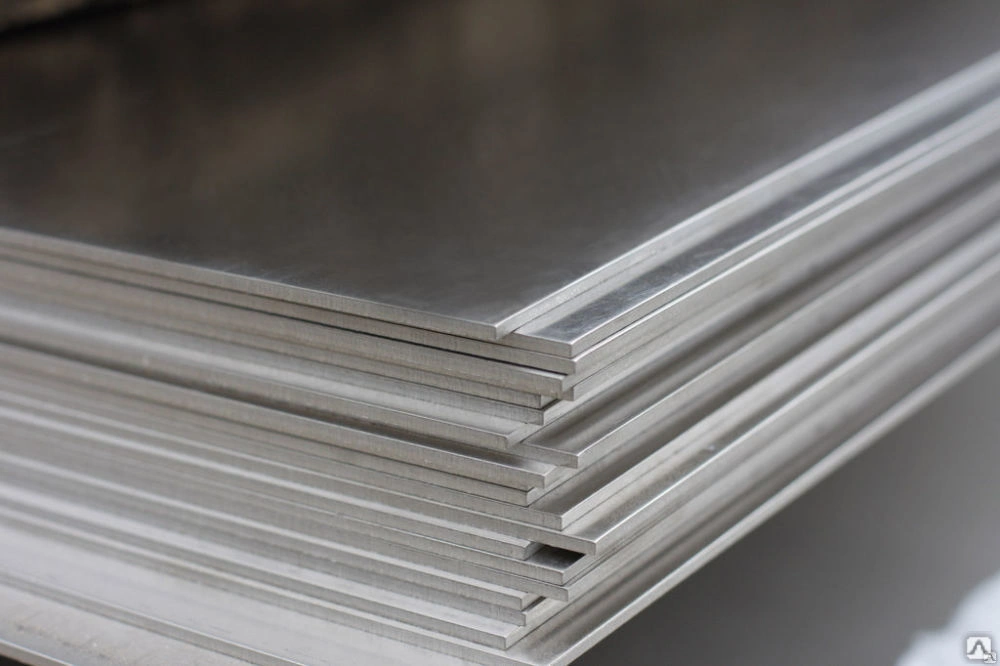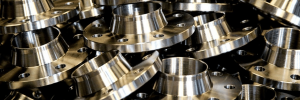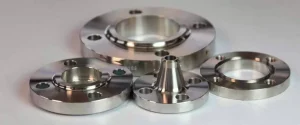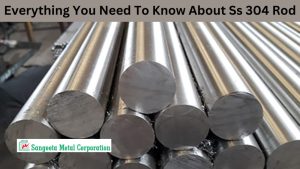Introduction
Selecting the correct grade of stainless steel may be critical to the success of operations in industries where the material is subjected to wear and tear, corrosion and heat. One is the 310 Stainless Steel Plate, which provides certain benefits, particularly in high-temperature environments. This blog will include information about 310 stainless steel, how it compares to other steel grades, and some applications for which it is best used.
Key Features of 310 Stainless Steel Plate
The 310 Stainless Steel Plate is a high-alloy stainless steel that blends a significant amount of chromium and nickel, providing excellent heat and corrosion resistance. Here are some specific attributes:
Outstanding Heat Resistance: 310 stainless steel is used in high-heat applications because it is highly strong and does not lose its stability up to 1150°C (2100°F).
Oxidation and Corrosion Resistance: Due to its high chromium and nickel content, it does not oxidize and is suitable for high-temperature and corrosive applications.
Structural Integrity: It reduces cases of warping or deformation even under conditions of high thermal loads, making the components more dependable.
Comparing 310 Stainless Steel Plate with Other Grades
304 Stainless Steel
Thanks to its versatility and relatively cheap price, 304 stainless steel is used in many everyday appliances, including kitchen utensils and food processing equipment. However, it has a lower high-temperature strength than 310, so it is not ideal for high-temperature use.
316 Stainless Steel
Known for its superior corrosion resistance, especially in chloride-heavy environments, 316 is a popular choice for marine applications and chemical processing. While it’s highly resistant to corrosion, it can’t handle high heat as effectively as 310, making it less optimal for furnaces or kilns.
309 Stainless Steel
Another heat-resistant grade, 309 stainless steel, offers similar high-temperature properties but doesn’t withstand as intense conditions as 310. It’s often used where heat tolerance is needed but can’t compete with the stability of 310 in ultra-high-temperature applications.
321 Stainless Steel
This grade includes titanium, which helps it maintain stability under heat by reducing carbide precipitation. Though it has good high-temperature tolerance, 321 outperforms 310 in extremely high-temperature applications above 800°C.
Ideal Applications of 310 Stainless Steel Plate
The 310 Stainless Steel Plate is ideal for industries that demand durability in high-stress conditions because of heat and corrosion resistance:
Heat Treatment and Furnace Parts: Due to its resistance to oxidation and high thermal stability, 310 stainless steel is perfect for furnace linings, burners, and heating elements.
Petrochemical and Refining Industries: Understand the harsh, high-temperature settings common in petrochemical processing.
Power Plants and Boilers: 310 provides reliability under continuous use for critical equipment in high-temperature environments, such as boilers and turbines.
Why Choose 310 Stainless Steel Plate?
In general, the decision of which grade of stainless steel to use is based on the particular application of the material. However, 310 stainless steel has excellent heat and oxidation characteristics that are superior to those of lower grades of stainless steel. It may be slightly expensive but is worth it in the long run, especially where the application demands a stable and high-temperature performance.
Conclusion
310 Stainless Steel Plate is the best suitable for high-temperature and corrosive applications. It is used in industrial furnaces, boilers, petrochemical plants, and other industries that need a material that can handle high heat and oxidation. Knowledge of the properties of each stainless steel grade is crucial in determining the right material for the job to meet the performance and costs.




